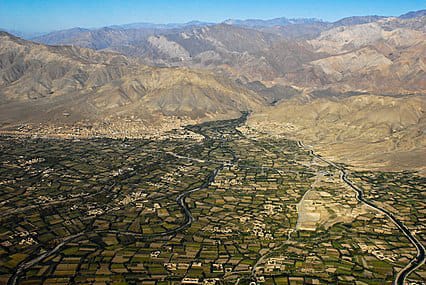RASC News Agency: The residents of several villages in Parwan have voiced persistent discontent with the dearth of proper road infrastructure for commuting purposes. However, in a remarkable turn of events, the people of Parwan have taken matters into their own hands and announced the imminent construction of a bridge in the Sia Gerd district of the province. This audacious undertaking, estimated to amount to 2,300,000 Kabuli rupees, the current currency of Afghanistan, stands to serve as a vital link between the villages of “Waghzer,” “Longush,” “Bala Qala,” and a section of the village of “Daraz Gerd,” connecting them to the Parwan-Bamian public highway. According to Azizullah Omar, the security commander of the Taliban group in Parwan, the residents of the province proactively raised the requisite funds for the bridge’s construction before embarking on this noble project.
The recently completed bridge spans a length of 20 meters and boasts a width of 4.5 meters. Its completion has the potential to significantly improve the accessibility of vital facilities such as healthcare and educational centers, the district market, and the provincial hub for thousands of families residing in the interconnected villages. This development warrants special attention in light of pervasive complaints from villagers across the country regarding the scarcity of adequate bridges for commuting purposes. Many times, it is the residents themselves who have taken the initiative to independently address this pressing matter.
The construction of the bridge in Parwan stands as a testament to the resolute determination and resourcefulness of the local community. By pooling their resources and seizing control of their circumstances, the residents have exemplified their unwavering commitment to enriching their living conditions and bolstering connectivity within the region. This grassroots approach to infrastructure development not only addresses the immediate needs of the community but also serves as a beacon of inspiration for other villages grappling with comparable challenges. It underscores the immense potential that lies within local communities to drive positive transformation and discover solutions to their own problems, even in the face of limited resources and diminished external support.






